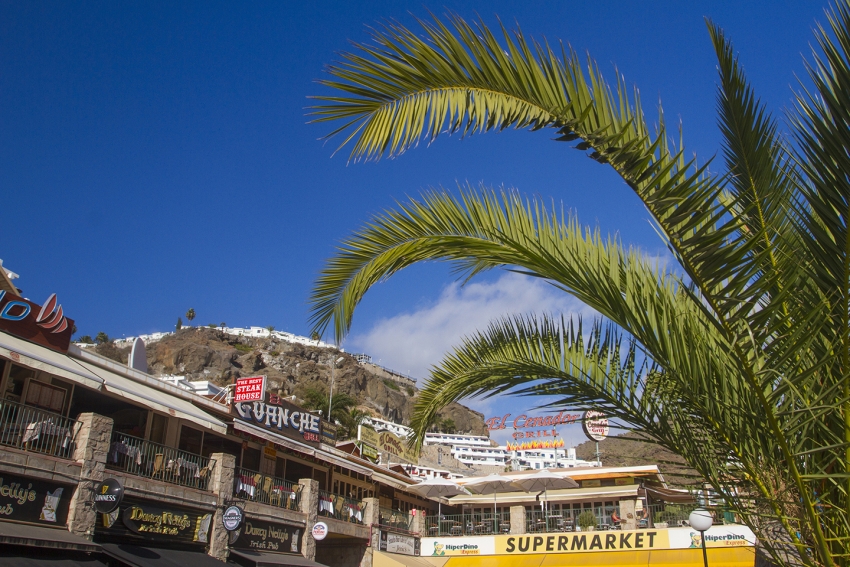Gran Canaria: There Is No Such Thing As Tapas
One of the first things visitors arriving in Gran Canaria ask us is where they can get the best tapas. The answer isn't easy because there is no such thing as tapas and tapas restaurants as they exist in people's minds.
The tapa exists of course (although it can also be called a pincho) but there are no tapas restaurants in Spain outside of tourist resorts.
The tapa in Spain
Bars in Mainland Spain serve an individual free tapa with every drink knowing that make people more liklely to stay for another one. But, unlike the Greeks with their meze, the Spanish never sit down at a restaurant for a table full of little plates of tapas.
In the Canary Islands the tapa itself isn't regarded as a local thing. Nor, for that matter is paella which is from Valencia.
There are Spanish bars and restaurants in many towns and in Las Palmas that do serve tapas as part of their menu. Look out for jamonerias which do tapas and Spanish ham by the plate.
Vegueta Old Town in Las Palmas hosts a weekly tapas night on Thursdays but the focus is more on volume than quality. Most of the tapas served are actually montaditos; something on a bit of bread. A better option is to head to the Mercado del Puerto just by north end of Las Canteras beach. This Eiffel-designed iron building contains a mix of fresh food stalls and tapas stalls and has been voted amongst the best 10 food markets in Spain.
Pre-Covid, resorts in Gran Canaria were hosting regular tapas evenings and we really hope that these come back soon.
The Canary Islands equivalent to tapas
A few years ago the tourism authorities dug up the word enyesque as a Canary Islands equivalent to tapas. The term didn't really take off.
These days there are occasional enyesque events where bars and restaurants in a town offer one dish each over a weekend.
To find the best tapa-equivalents in Gran Canaria you have to look around: Many local Gran Canaria bars serve snacks, often displayed on the bar. Look out for Ensaladilla Rusa, croquetas, tortilla Española, etc.
Or order several dishes from the starter menu at local restaurants for that holiday tapas feeling.
Las Olas: Puerto Rico's Other Shopping Centre
Everyone who visits Puerto Rico knows the giant Puerto Rico shopping centre and the Europa Centre high up on west hill. However, there's a third Puerto Rico centre and it's home to a cluster of good restaurants.
Ten Delicious Tropical Fruits You Have To Try In Gran Canaria
Know your mangos from your papayas? Here's a guide to ten of the fabulous tropical fruit that grow in Gran Canaria.
"What on Earth is that?"
Gran Canaria Info recommends:
- Default
- Title
- Date
- Random















